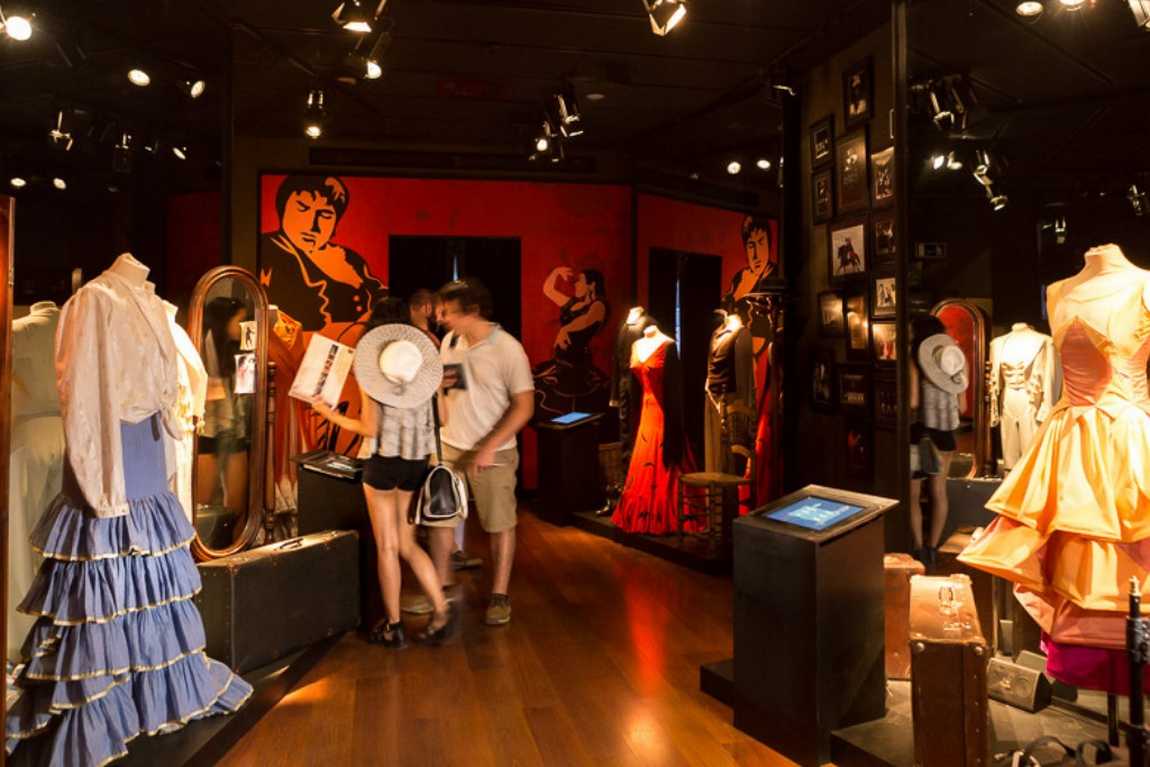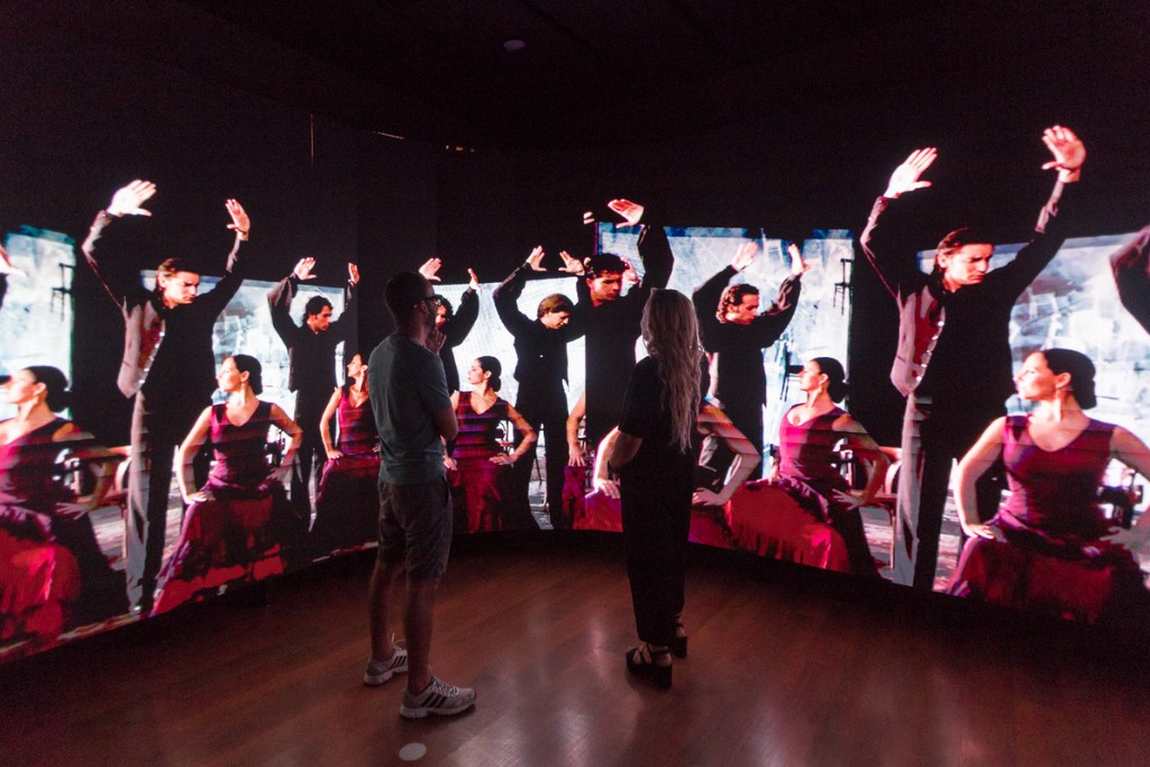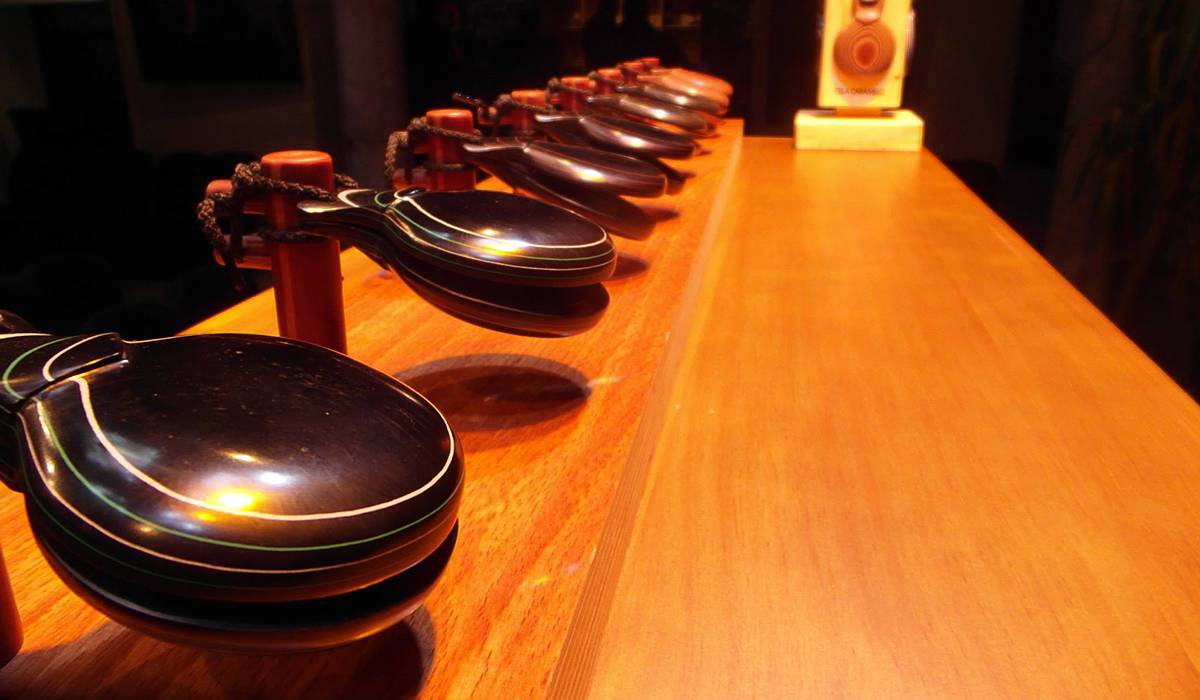What to see in Spain? What the country is known for all over the world is bullfighting and flamenco shows. Bullfighting is not a spectacle for children, but viewers of any age can appreciate the beauty of flamenco. And the best place to get acquainted with this kind of art is Seville — the capital of Andalusia, where the dance originated and where the best bailors are born (this is what flamenco dancers and dancers are called). First, learn about the history of dance by visiting the Flamenco Museum of Seville, and then enjoy the show.

Such an exposition appeared in the city thanks to the work of the famous bailaora Christina Hoyos. The exhibition is dedicated not just to the history but to the nature of flamenco — it tells how rhythm, music, singing and dance merge, causing a storm of emotions and leaving an unforgettable experience. There are several dozen varieties of flamenco, and you can catch the difference between them by watching videos in the museum hall.
The Flamenco Museum has also collected extensive attributes necessary for musicians and dancers. You will see a long dress with frills, a manton shawl, hair ornaments, a large fan, shoes with heels that are convenient for tapping out the rhythm, and a modest bailor outfit. The collection also includes castanets, although some flamenco schools do not use them, believing castanets restrict hand movements. That is where the secret of the dance lies: the image is created not by outfits but by the dancers' plasticity and the rhythm of movements. Flamenco is a real conversation, full of pain, passion, pride and great love of life. Guitar plucking and singing-recitative are woven into it.

But no matter how good the video sketches and portraits of the baylaor are, you can feel the pulse of flamenco only during the show. There are several places in the Andalusian capital to admire this art, but one of the best flamenco shows in Seville takes place in the evenings at the museum. Every day the audience sees a new program, a new flamenco style (to use technical terminology, styles should be called "palos"). Rhythm, drawing, and emotions of dances may vary, but any performance is impressive. Children often pay attention to the movement of the dancers' hands — this is not surprising: the bailaors seem to conjure, as if weaving magic nets.
If you decide to attend the show, we recommend arriving at least half an hour before the start so you can get a good seat in the auditorium.
The museum has a small shop which cannot be called a souvenir shop. The shop sells everything a bailaor needs, as well as flamenco discs and a selection of videos of the highlights. Perhaps you have been fond of the art for a long time, or you could participate in one of the workshops to help you understand flamenco's soul.
You can also learn a lot about bullfighting in Seville without going to the bullfights. The city has a bullfighting museum, which explains the intricacies of bullfighting.











